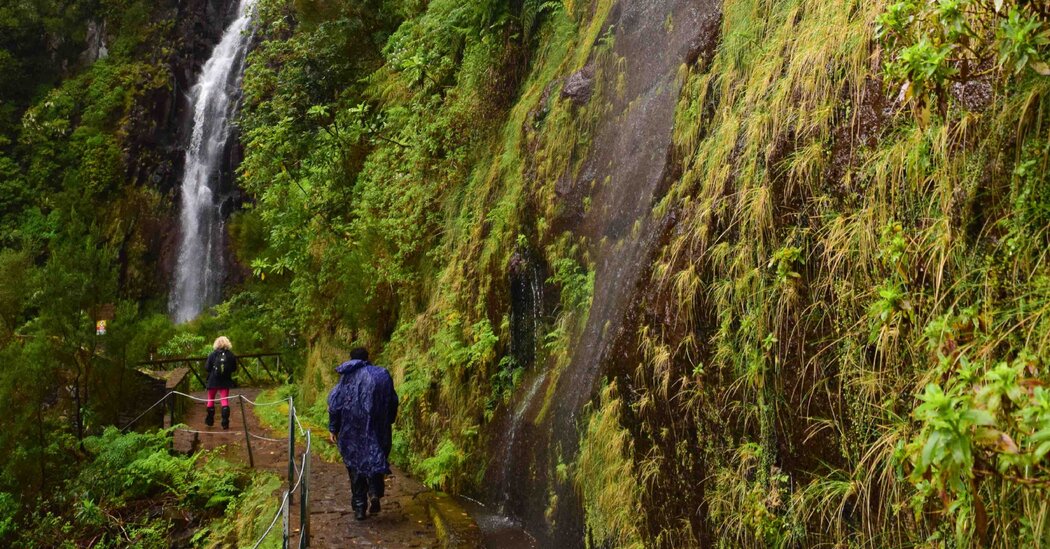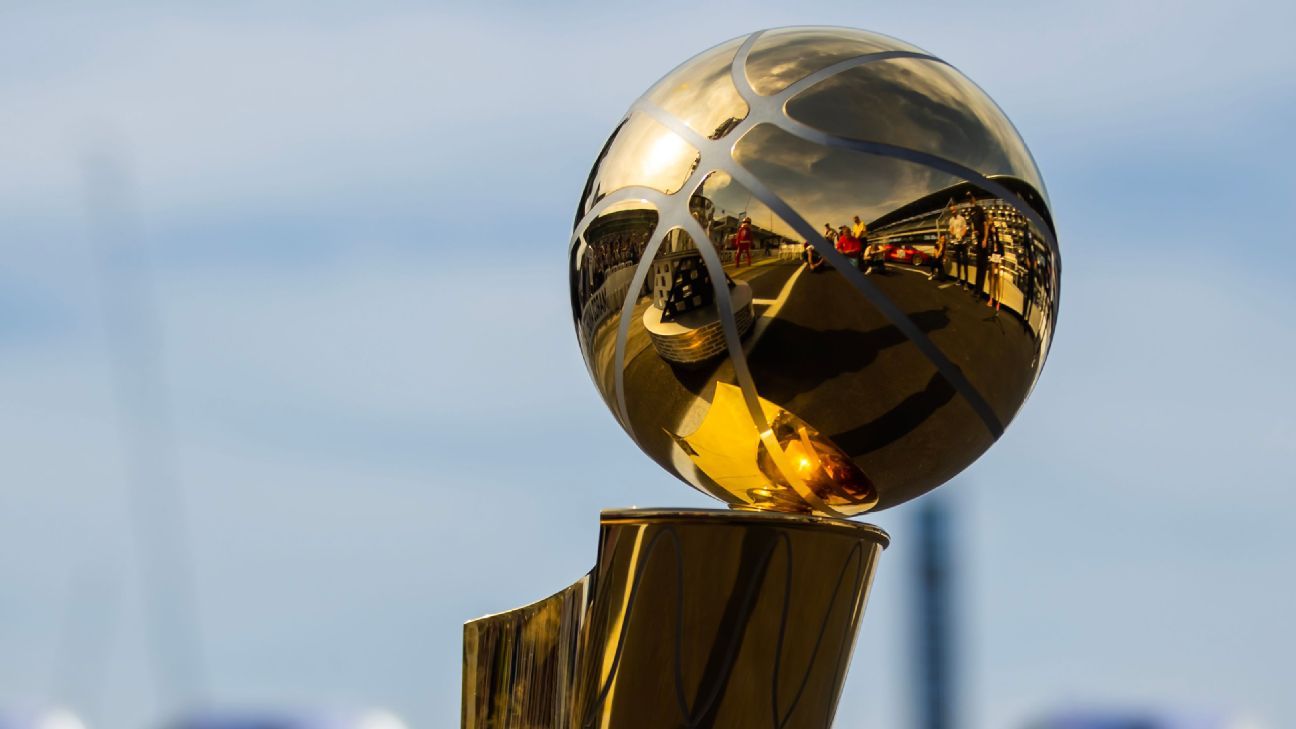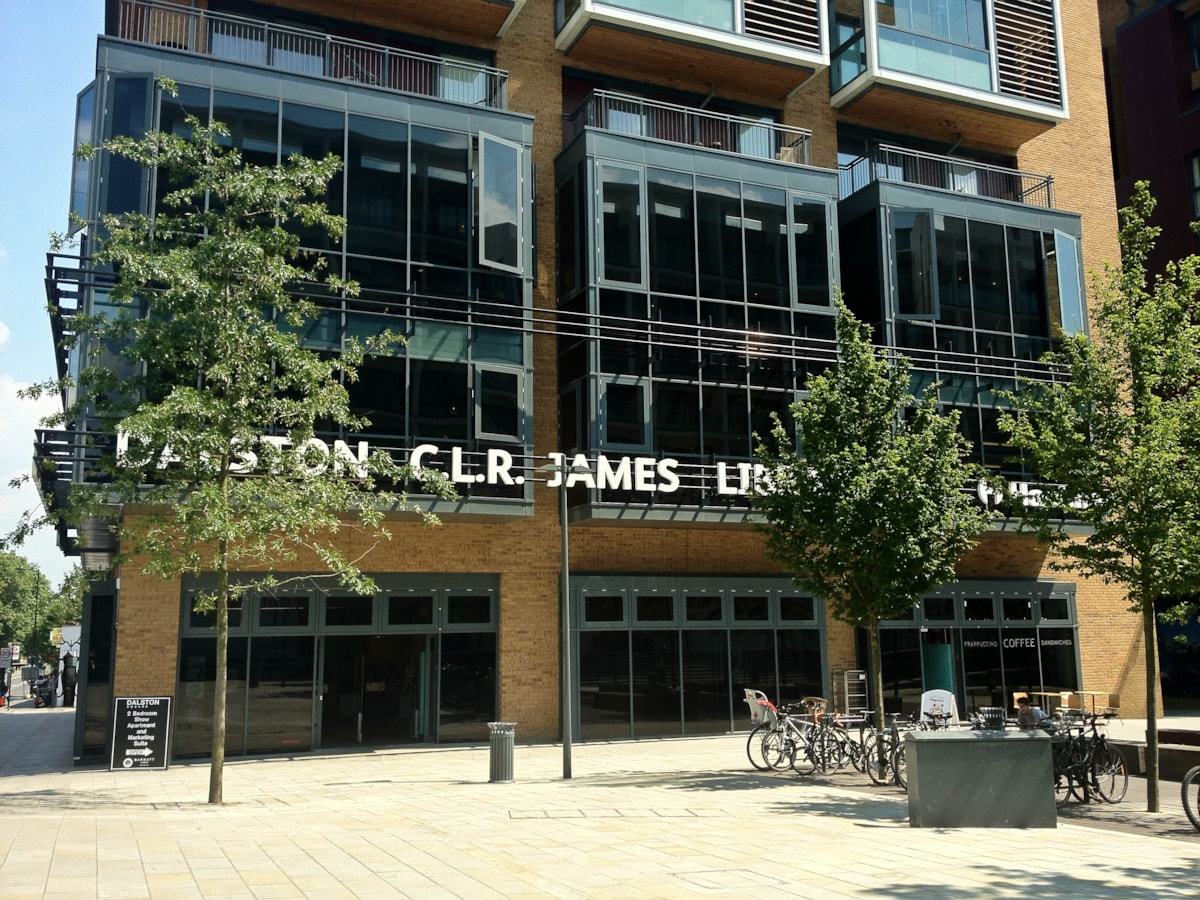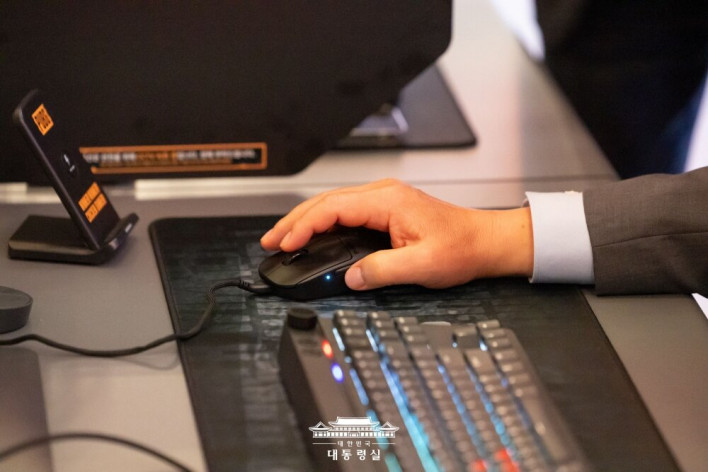Copyright The New York Times

Not long ago, I was reading about the Portuguese island of Madeira, when a photograph caught my eye. It was of a levada, one of the island’s calling cards: an aqueduct built right into a cliff, with a tree-shaded footpath alongside it. Three hundred miles off the coast of Morocco, Madeira (the main island in an archipelago of the same name) is only 35 miles long by 14 miles wide but has a 1,350-mile network of these irrigation channels, originally built to transport water from the exceptionally mountainous interior to villages below. Today, the levadas are better known for the scenic trails that parallel them, some leading to panoramic viewpoints and dramatic waterfalls. Add in the promise of Madeira’s eclectic food culture, and I was hooked. It was late April when I arrived in Funchal, the small capital city, which, with its old fort, black-and-white sidewalk tile mosaics, and stucco-walled churches has all the trappings of a Portuguese colonial outpost (Portugal claimed the then-uninhabited archipelago in 1419). It’s a convenient base for exploring the island, though it can look like a “greatest hits” of mass tourism: rows of chain stores, waiters proffering picture-filled menus, hulking cruise ships looming over the harbor. But it’s hard to stay mad at a pedestrian-friendly city whose jacarandas are in full bloom. When I booked my all-day excursion to Rabaçal, the upland jumping-off point for some of Madeira’s most picturesque levada walks, I’d envisioned hiking with the calming companionship of flowing and falling water. I hadn’t planned for it to be falling on my head in buckets from the moment I stepped off the bus. Thank you for your patience while we verify access. If you are in Reader mode please exit and log into your Times account, or subscribe for all of The Times. Thank you for your patience while we verify access. Already a subscriber? Log in. Want all of The Times? Subscribe.



